Photography genres are often misunderstood, yet many are fairly straightforward. In street photography, you’re capturing everyday life on the streets. In landscape photography, your focus is on picturesque sceneries. And, of course, in wildlife photography, you’re photographing animals in their natural habitat. But what about travel photography?
Travel photography is intriguing because it encompasses more than just a subject—it embodies an activity. Yet, it also has a subject… Confused? Let’s break it down.
What Defines a Travel Photo?
A travel photo is more than just an image of a subject; it represents an entire location. Travel photography captures the essence of a journey while recognizing the unique characteristics of the place where the photograph was taken.
Does that statement make sense? Perhaps, or perhaps not. Let me clarify using some examples.
Is Travel Photography Just General Photography Done While Traveling?
When I first began my journey as a travel photographer, I often claimed that I loved this genre because it allowed for a blend of styles without the need for specialization. The common advice to photographers is to hone in on one genre.
However, I found that travel photography allowed me to explore various styles. One day, I might capture wildlife, the next day, I’d switch to macro photography, focusing on flowers and plants. Then, I might shoot architecture or candid portraits of people.
This approach was liberating, or so I believed. Over time, I realized that what I was doing was more about general photography while traveling, rather than true travel photography. This distinction is important—there’s a financial aspect too. After all, why would someone hire an outsider to photograph local scenes that a native could capture?
Ultimately, travel photography is not just general photography; it is its own niche.
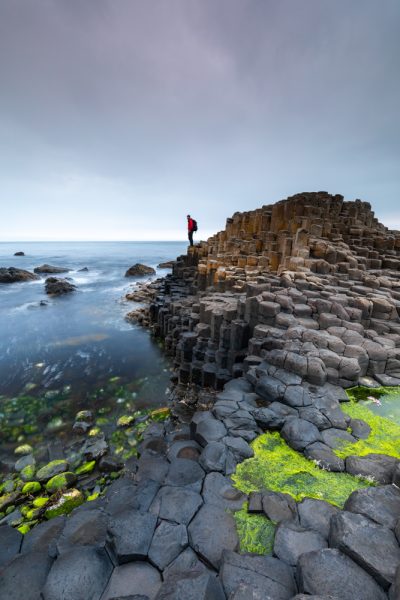
The Difference Between Landscape Photography and Travel Photography
I use examples to explain travel photography because they help clarify the concept. For instance, landscape photography can exist without a specific, recognizable location. An image could simply portray rocks at sea, with waves crashing against them, or a gentle, rolling hill that could be found anywhere.
The aim of landscape photography is to create art that evokes admiration: “What a beautiful place!”
The key difference with travel photography is that the location should be identifiable, at least to some extent. Travel images convey the spirit of exploration and the desire to visit a destination. When viewing a travel photo, one should think, “Wow, I want to go there (or do that).” Does that resonate?
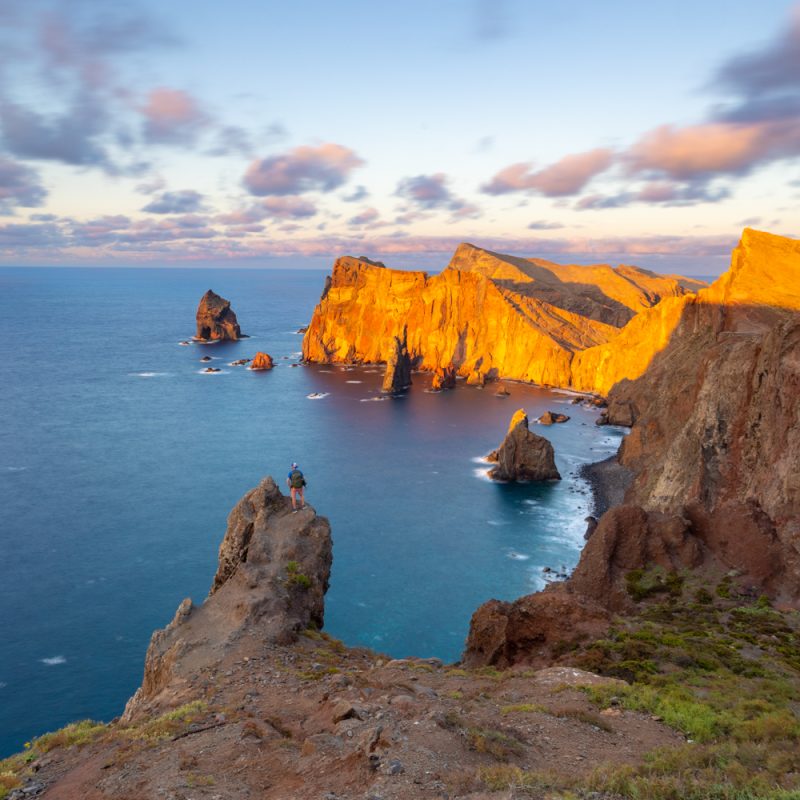
Wildlife Photography vs. Travel Photography
When discussing wildlife photography, the distinction becomes clearer. Wildlife photographers capture animals in their habitats, aiming to evoke admiration for the creature, prompting thoughts like, “What a beautiful animal.” However, this doesn’t make it a travel photo.
Incorporating the human element into wildlife photography is what turns it into a travel photo. Instead of merely photographing an elephant, envision the elephant in front of a safari vehicle or near a lodge. This travel-focused wildlife photography aims to inspire the viewer to seek a similar experience.
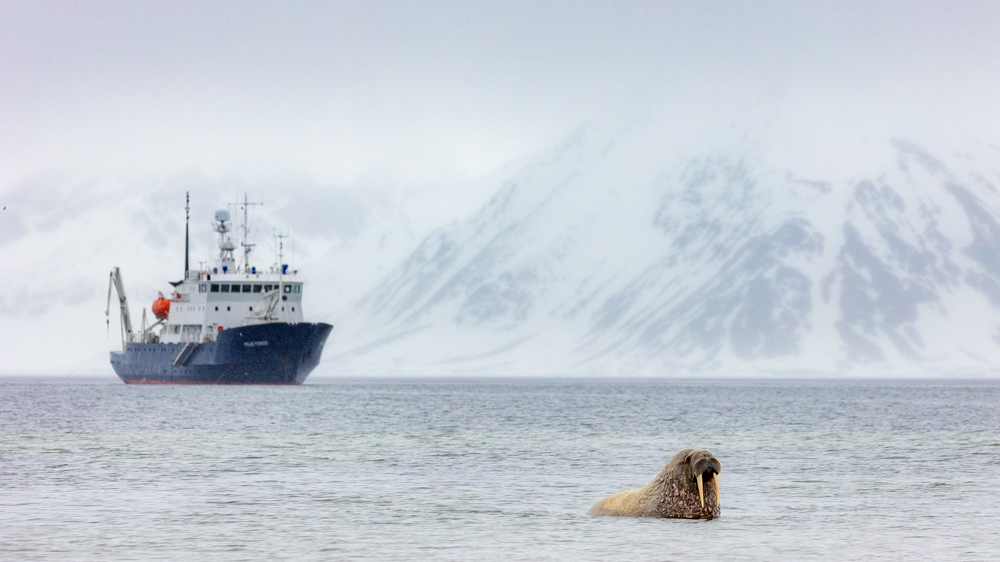
So, What Exactly is Travel Photography?
What I cherish most about my role as a travel photographer is that not every shot has to fit perfectly into the travel photography mold.
While on assignment, I’m not solely capturing for a specific genre. Instead, I get to document a vast array of incredible moments, all while persuading others to experience these adventures themselves. Beyond creating well-composed travel shots, I also embrace classic photography styles. It’s not always about staging scenes designed to inspire wanderlust.

Different Types of Travel Photography
As with any photography genre, travel photography also has sub-genres, with some photographers focusing on highly specific forms. I’ll highlight a few of these below.
Big Landscape, Little Person
This style gained popularity with the rise of Instagram. It involves placing a person within a vast landscape or cityscape, making them a small element of the image primarily for scale. You may see someone standing on a cliff in Iceland or amidst the bustling cityscape of Tokyo or New York.
This photography creates a mood of awe, invoking viewers to appreciate the surroundings and recognize the scale of the world.
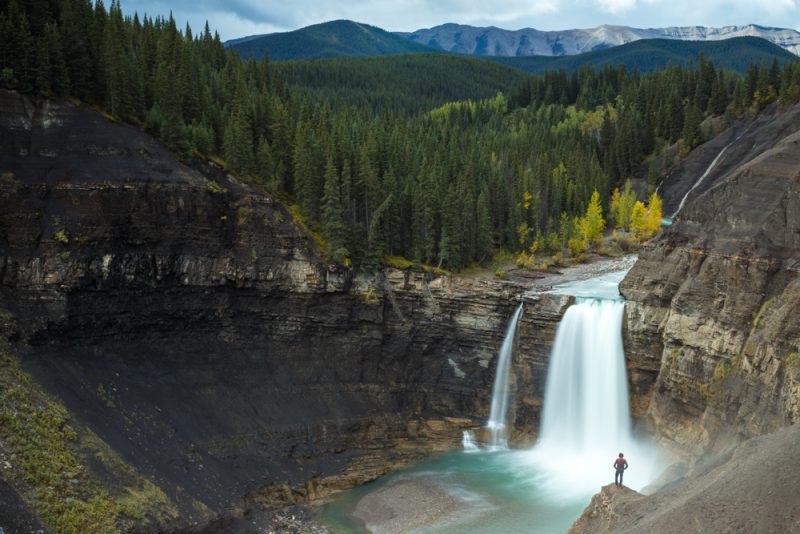
POV (Point of View)
POV imagery has always been a potent technique to immerse viewers within the scene depicted in the photograph. This usually involves incorporating part of the photographer’s own body or clothing into the frame, creating a sense of presence.
Picture a photograph showing skis and an arm pointing down a mountain—you’d feel as if you were the skier, for instance. A popular example is holding another person’s hand, guiding you through a scene.
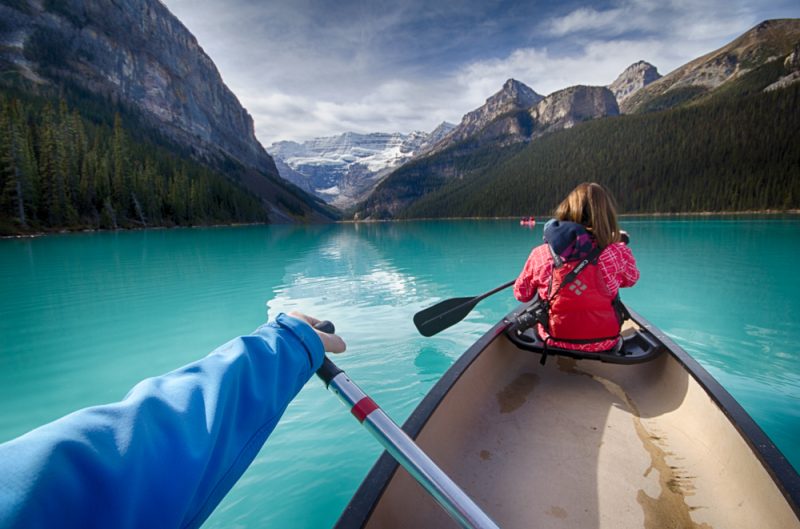
Editorial Photography
Traditionally, travel photography has had a slightly editorial focus. Instead of staging shots to evoke feelings of presence, photographers often document travelers as they explore.
For example, you might photograph individuals on a safari—not merely the animals but also the people interacting with or observing them.
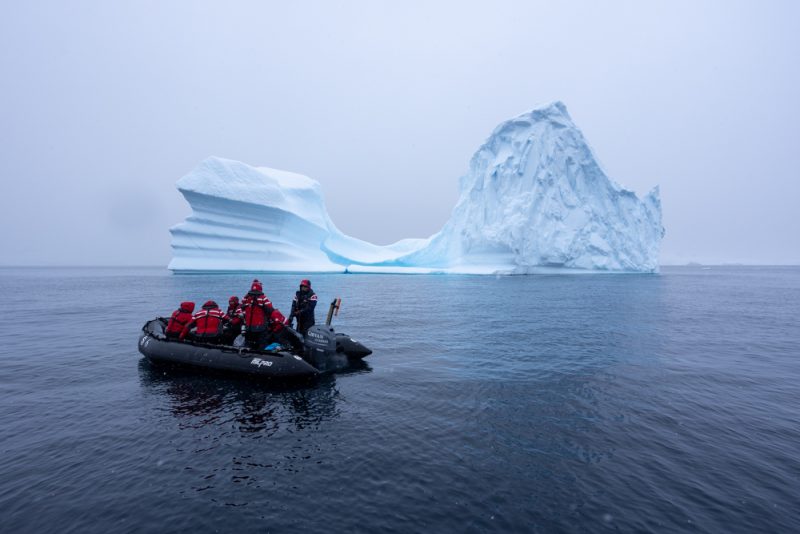
Model-Driven Photography
Some believe travel photography lost its essence when models started being hired for posed shots. While this misconception is prevalent, hiring local models for photographs has been around for decades.
This style aims to evoke feelings of desire, showcasing the glamorous aspects of travel. In these shots, you see individuals engaged in extraordinary experiences, who are clearly posing. The intent is to make viewers wish to share in that special moment.
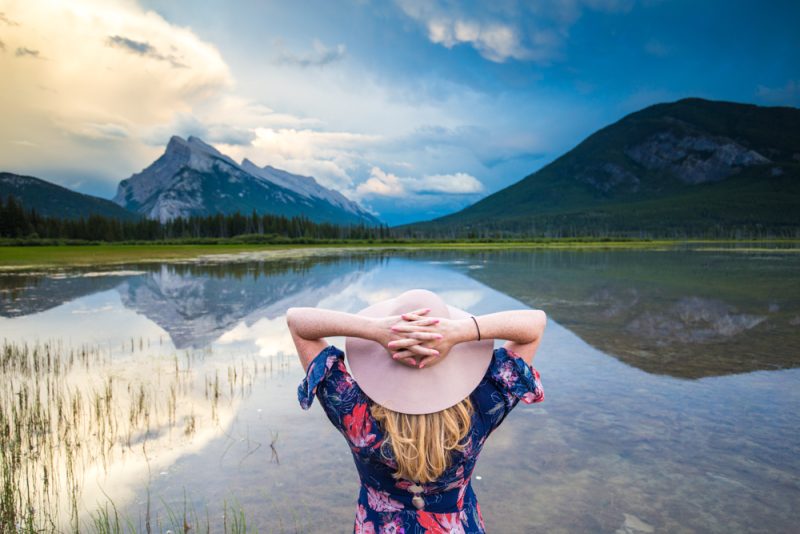
Who Hires Travel Photographers?
Travel photography aims to inspire wanderlust, and a diverse range of clients requires this specialty.
Tour companies and travel brands are the most obvious clients, seeking photographers to produce compelling imagery that showcases their offerings. For instance, a company like Intrepid may hire a travel photographer to document their excursions, while airlines such as KLM might want photography that captures both their inflight experience and the destinations they serve.

Tourism boards also significantly hire travel photographers. Their obligation is to showcase their destinations and attract tourism, thus requiring stunning visuals to achieve their objectives.
The clientele extends beyond these obvious choices. As a professional travel photographer, I’ve worked with brands like AMEX, promoting their travel rewards program; Volkswagen, showcasing their vehicles for adventure; and Clif Bar, highlighting their products for travelers. Numerous clients engage photographers across various sectors.
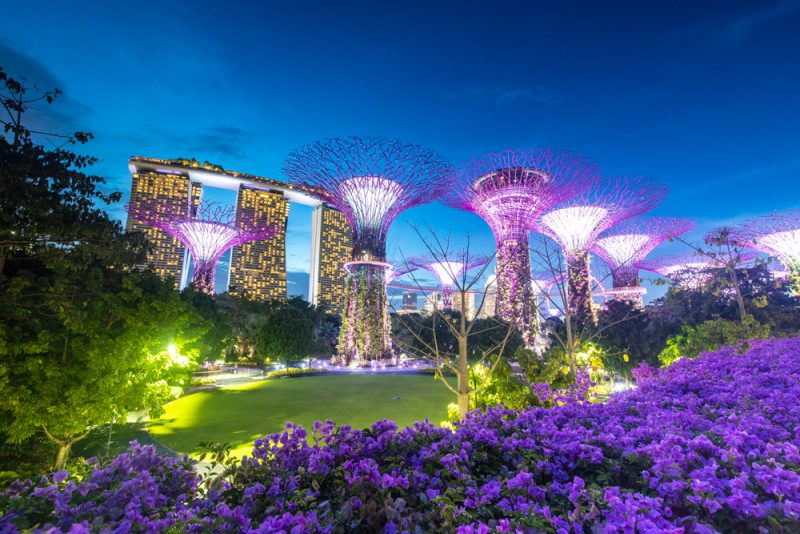
Is a Career as a Travel Photographer Feasible?
Let’s be real for a moment.
Many portray the life of a travel photographer as accessible to everyone. In actuality, that isn’t the case. One typically needs to establish a local clientele before branching out, or possess sufficient funds to support initial expenses. Even then, it involves risks.
That said, numerous travel photographers have navigated this career path successfully, proving it can be a viable profession for many, not just the affluent.
My journey into travel photography was somewhat serendipitous. I worked in tourism while honing my photography skills on the side until I built a solid client base and could transition to this career full-time.
If you’re interested in a career in travel photography, my advice is to start locally. Build a reputation and gradually expand your work to reach farther destinations. Consider beginning with beautiful travel images in your hometown, as this may lead to opportunities further afield, nationally, and eventually internationally.
Remember, being a travel photographer isn’t about globe-trotting; it’s about capturing the essence of travel.



